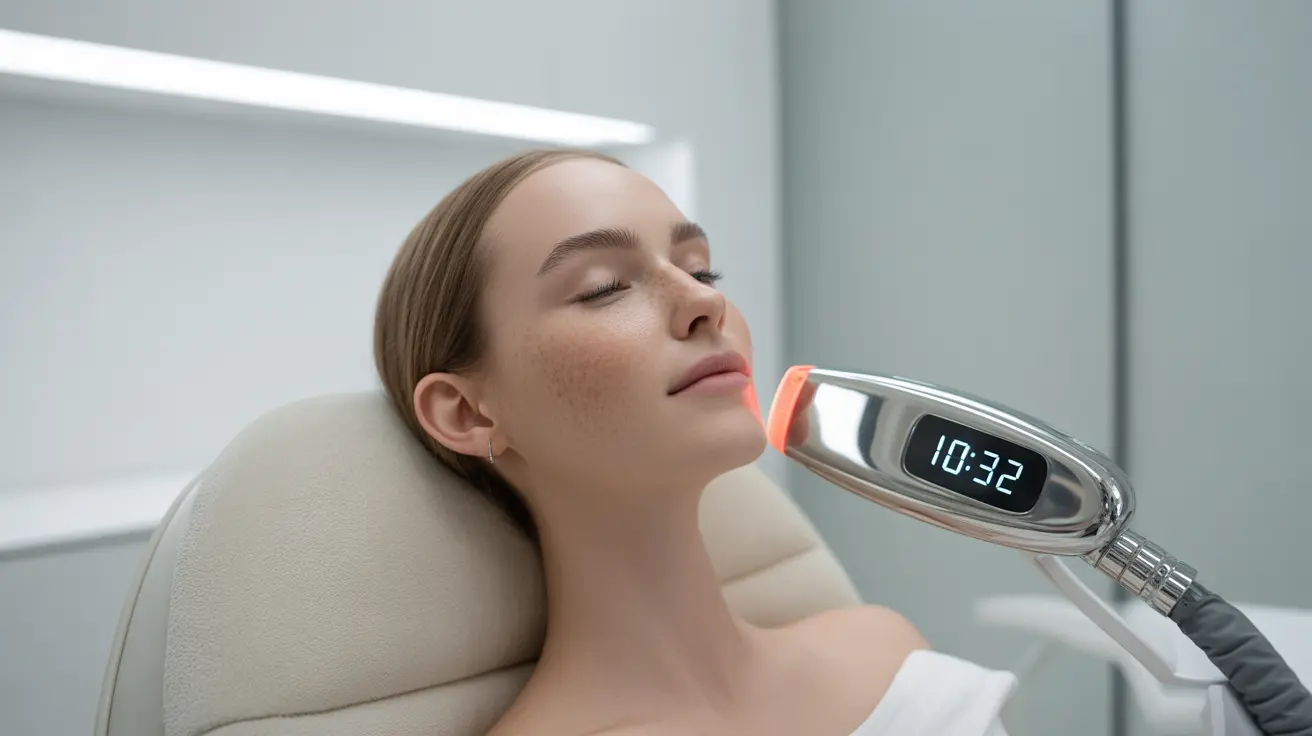The emergence of skin manifestations during COVID-19 infection has become an important diagnostic consideration for healthcare providers and patients alike. COVID-19 rash, while not as commonly discussed as respiratory symptoms, can be a significant indicator of infection and may appear at various stages of the illness.
Understanding the characteristics, patterns, and treatment options for COVID-19-related skin conditions is crucial for proper identification and management. This comprehensive guide will help you recognize these skin manifestations and know when to seek medical attention.
Common Types of COVID-19 Rash
COVID-19 can trigger several distinct types of skin manifestations:
Urticarial Rash
This type appears as raised, itchy hives that can occur anywhere on the body. These welts may come and go quickly and are often accompanied by intense itching.
Maculopapular Eruptions
These flat or slightly raised red patches commonly appear on the trunk and spread to the limbs. They may be accompanied by mild itching and can last several days.
COVID Toes
This manifestation presents as chilblain-like lesions, typically appearing on the toes and sometimes fingers. The affected areas may become red or purple and can be painful or itchy.
Identifying COVID-19 Rash Characteristics
COVID-19 rashes typically share several distinctive features:
- Timing: May appear before, during, or after other COVID-19 symptoms
- Distribution: Can affect various parts of the body
- Duration: Usually resolves within 1-2 weeks
- Associated symptoms: May occur alongside fever, fatigue, or respiratory symptoms
Treatment and Management Approaches
While most COVID-19 rashes resolve on their own, several treatment options can help manage symptoms:
Over-the-Counter Solutions
These treatments can provide relief from discomfort:
- Antihistamines for itching
- Topical corticosteroids for inflammation
- Calamine lotion for soothing irritated skin
- Moisturizers for dry, flaky areas
Home Care Measures
Simple home remedies can help alleviate symptoms:
- Cool compresses for itchy areas
- Lukewarm baths with colloidal oatmeal
- Wearing loose, breathable clothing
- Avoiding hot showers and harsh soaps
When to Seek Medical Attention
Consult a healthcare provider if you experience:
- Severe or worsening rash
- Signs of infection (warmth, swelling, pain)
- Rash accompanied by difficulty breathing
- Widespread blistering or skin peeling
Frequently Asked Questions
What are the symptoms of a COVID-19 rash, and how does it differ from other viral rashes? COVID-19 rashes typically appear as hives, maculopapular eruptions, or chilblain-like lesions. Unlike many other viral rashes, COVID-19 rashes can appear at various stages of infection and may persist even after other symptoms resolve.
How can I treat a COVID-19 rash at home, and what over-the-counter medications are effective? Over-the-counter antihistamines and topical corticosteroids can help manage symptoms. Cool compresses, oatmeal baths, and gentle moisturizers can provide relief. Avoid hot showers and harsh skincare products.
Can a COVID-19 rash be contagious, and what precautions should I take if I have it? While the rash itself isn't directly contagious, COVID-19 is. If you develop a rash along with other COVID-19 symptoms, follow isolation guidelines and avoid touching or scratching the affected areas to prevent secondary infection.
What are the common types of COVID-19 rashes, and how long do they typically last? Common types include urticarial rash (hives), maculopapular eruptions, and COVID toes. Most rashes resolve within 1-2 weeks, though some cases may persist longer.
How can I determine if my rash is due to COVID-19, and what tests or medical evaluation is needed? If you develop a new rash along with other COVID-19 symptoms, consult a healthcare provider. They may recommend COVID-19 testing and perform a physical examination to evaluate the rash characteristics and determine appropriate treatment.




